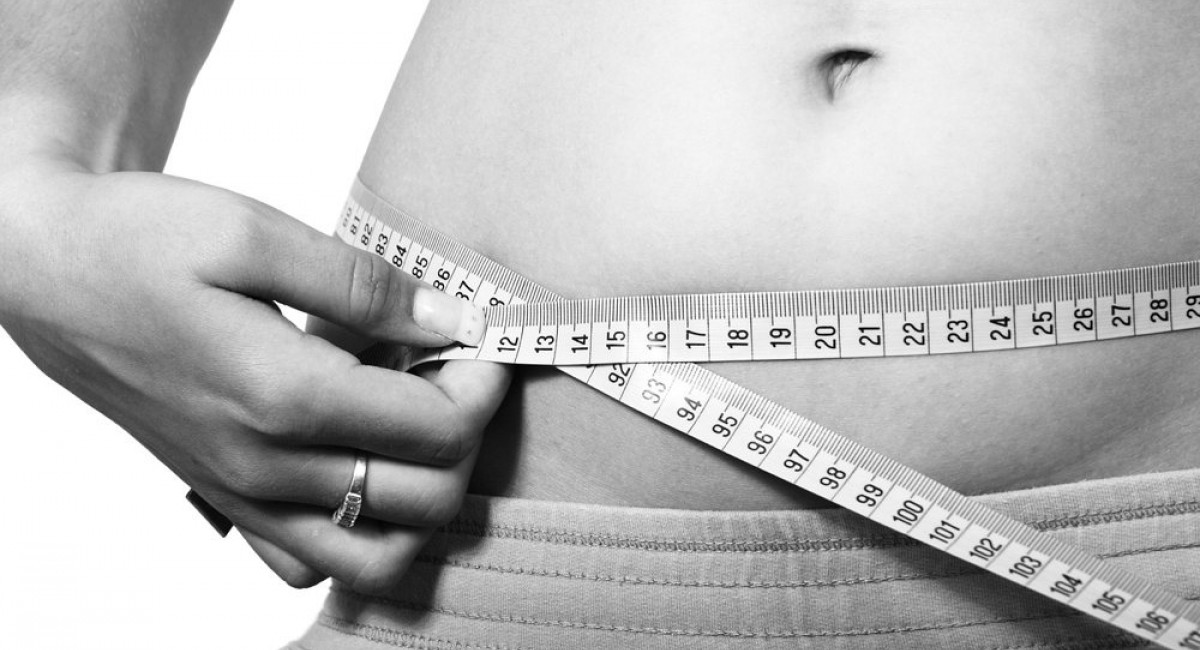SEARCH
Scientists discovered a crucial protein that could aid in the loss of belly fat

SHARE IT
Scientists have discovered a crucial protein that, if activated, could aid in the loss of belly fat and the prevention of diabetes.
According to the study, brown fat can aid in calorie burn at high rates. The development of a natural fat-burning remedy has advanced thanks to a recent scientific development. The 'good' fat in the body that burns a lot of calories to keep us warm in cold weather, brown fat, has been shown in a study as a way to be activated.
Scientists have been eager to harness brown fat to aid in weight loss in contrast to "bad" white fat, which people tend to retain around their belly and frequently results in obesity. They could assist people in losing weight on demand if they had access to it at all times, not only when they were cold.
This is still a long way off, but thanks to the discovery of the precise molecular structure of the protein that drives brown fat to burn calories, scientists have made substantial progress. Uncoupling Protein 1 (UCP1) is a protein that is a scientific puzzle, and researchers are trying to figure out how it'switches on' to start brown fat burning calories. However, they have now gained understanding after determining where two "gates" are located in the protein when it is turned off. They think the gates must be in the opposite position to activate the protein because when the protein is inactive, the inside gate is shut and the outer gate is open.
Finding a medication that changes these gates is the next step in helping patients lose weight by causing brown fat to begin burning calories. The key to weight loss is brown fat, which can be activated. Studies have shown that persons with more brown fat tend to be leaner, therefore using brown fat as a weight loss aid could be more effective than using diet pills.
The study's principal investigator, Professor Edmund Kunji of the University of Cambridge, said: "This structure will enable scientists to understand how to switch the protein on, resulting in the burning of fat." Additionally, by removing glucose from the circulation, this may aid in the management of diabetes. This is a big advancement in the profession.
To observe the uncoupling protein clearly under a microscope, it must be too tiny. However, the research team attached the uncoupling protein to two additional proteins using small antibodies derived from llamas. This resulted in a structure that was big enough to be seen under an electron microscope from all sides. To determine the structure of the crucial uncoupling protein, the researchers simply had to ignore the structures of the other proteins in their imaging.
The University of East Anglia, the University of Cambridge, the University of Pennsylvania, and the Free University of Brussels worked together internationally to make the breakthrough.
"Despite more than 40 years of research, we did not know what UCP1 looks like to understand how it works - until now," Dr. Paul Crichton of UEA's Norwich Medical School said.
The results are presented in the Science Advances journal.
MORE NEWS FOR YOU

 Help & Support
Help & Support 

